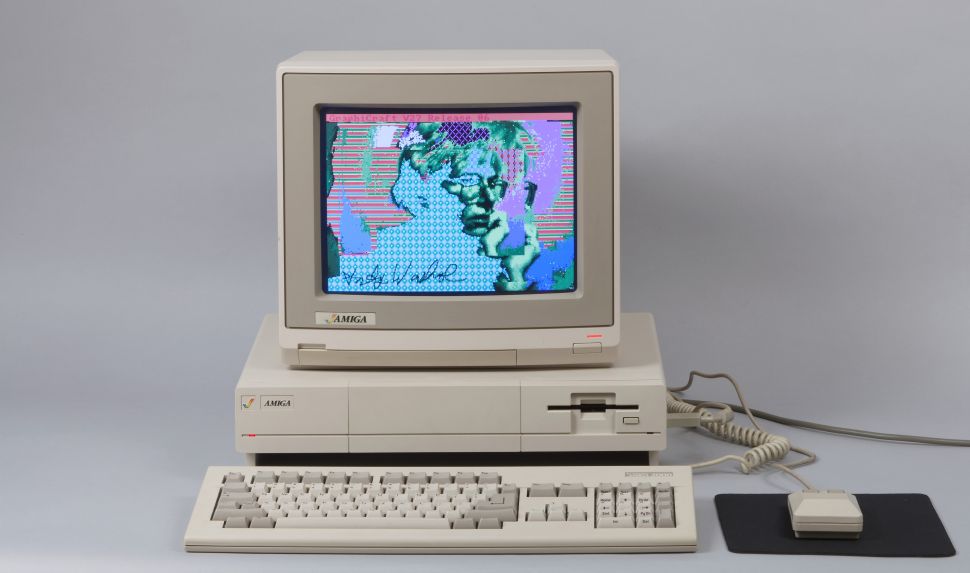Welcome to One Fine Show, where Observer highlights a recently opened exhibition at a museum not in New York City, a place we know and love that already receives plenty of attention.
An unexpected development in the attention economy is the stagnating effect of publicity when it comes to the development of genres and mediums. The medium that has advanced the most in recent years is video games, which have leapt forward not only in terms of beautiful and expensive graphics but through the liberating force of being unappealing to mainstream critics and influencers. Conversely, the most discussed platform lately has to be television, which seems not only to have frozen but to have regressed to the pre-Sopranos era. Any irony or friction has been smoothed away to the point where pretty much nothing happens in any given episode of a contemporary series.
Painting, too, has flourished under its relative irrelevance in the past few decades, and this fact is celebrated and examined in “The Living End: Painting and Other Technologies, 1970-2020,” an exhibition at the Museum of Contemporary Art (MCA) that collects the work of more than sixty diverse artists from across the world “who have redefined painting using emerging technologies, imaging techniques and their own bodies.”
Indeed, this radical show is not only about oil on canvas. You don’t have to appreciate video games to see what is meant by the inclusion of Cory Arcangel’s Super Mario Clouds (2002), the hacked cartridge that removes all characters and violence from the original Nintendo game to focus on the legitimate craftsmanship of those chunky cumuli. There’s a great deal of Thomas Bayrle from the ’60s and ’70s here, too, demonstrating that people appreciated pixels before Generation X. In his computer-generated works, each image-generating unit is itself a work of art.
SEE ALSO: An Exhibition of George Loudon’s Collection in Venice Resurrects the 17th-Century Wunderkammer
What would a show like this be without Gerhard Richter, Wade Guyton and Chuck Close? But the works chosen are unconventional. Richter’s New York (1989) is oil on photograph and looks like a hand-crafted version of the Photoshop clone tool. John Baldessari is another layup selection, but instead of something obvious like Quality Material (1966-1968), we have instead the film Six Colorful Inside Jobs (1977), in which a hired painter shot from above coats a room in red, then the next day orange, then yellow, green, blue and violet. Inspired by the artist’s history of painting his landlord father’s apartments, this one hits a little differently in an era where prices are skyrocketing for homes—and sometimes for paintings, too.
But let’s get contemporary. The inclusion of Sarah Sze was inspired, for what does she do if not paint with household objects? Several too-perfect canvases are included from Cynthia Daignault’s At Picture Lake (Just as you feel when you look on the river and sky) (2017). The press release for this series began with a quote about Don DeLillo’s Most Photographed Barn in America from White Noise, and this is the vibe with these. Jamian Juliano-Villani’s Historical Editing (2022) stands as something of a thesis for the show: a colonial-era portrait-cum-1980s magazine advertisement that somehow features Drake. Nobody does the uncanny like her, from concept down to the execution. The strongest newer work might be Gina Beavers’ De noche (2015), which follows the painting of a smoky eye in comic book panels, from compact to finished product. This show seems to imply that painting is not only a thriving medium but also our culture’s greatest illusion.
“The Living End: Painting and Other Technologies, 1970-2020” is on view at the Museum of Contemporary Art (MCA) Chicago through March 16, 2025.

